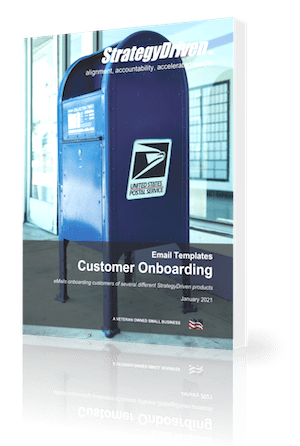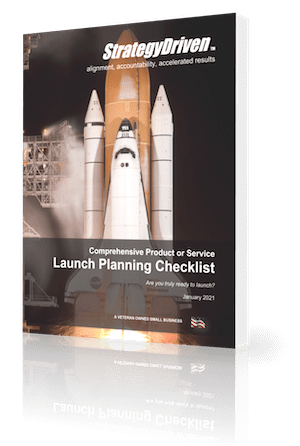The Role of Personalization in Consumer Engagement
Do you ever notice how some ads or promotions catch your eye more than others because they seem perfectly crafted just for you? That’s not by chance; it’s personalization at work.
Today, we will explore why personalization is crucial in maintaining consumer interest and loyalty. You aren’t just meeting expectations when you shape your experiences to fit individual tastes. You are actually creating memorable moments that resonate deeply with your customers.
So, without further ado, let’s learn how this powerful strategy can easily transform your connection into your customers.
Know the Importance of Personalization
Personalization is the process of creating tailored experiences to meet individuals’ specific needs. Rather than offering a one-size-fits-all approach, companies use data and technology to better understand their customers and deliver more relevant, personalized interactions.
This can range from recommending products based on past purchases to customizing emails with the consumer’s name and interests.
Why Personalization Matters
Increased Relevance: Personalized marketing makes consumers feel understood. This relevance helps build a connection between the brand and the consumer.
Enhanced Customer Experience: By addressing individual preferences and needs, companies make their customers’ shopping experiences smoother and more enjoyable.
Boost in Sales: Personalized experiences often lead to increased purchasing. When customers see items that match their tastes and needs, they are more likely to buy.
Customer Retention: Personalization fosters a sense of loyalty. Customers return to places where they feel valued and understood.
Personalization in Action: Real-World Examples
There are a few scenarios where personalization plays a key role in engaging consumers. And certainly, in these areas you can see drastic improvement when it comes to user engagement and retention.
eCommerce: Online retailers like Amazon use past browsing and purchase history to suggest new products tailored to each customer’s preferences.
Streaming Services: Platforms such as Netflix and Spotify analyze your watch or listen history to recommend movies, shows, and music you might enjoy.
Financial Services: Banks offer personalized banking advice based on customers’ spending habits and financial goals.
How To Implement Personalization
So, how can your business start personalizing its consumer interactions? Here are some steps that you, as a business professional, can consider. By taking these steps, you are empowering your business to connect with your customers on a deeper level.
Capturing Consumer Insights in Real-Time
To enhance customer attention, it’s crucial to gather real-time feedback directly from your audience. You can use available mobile research platforms for that. Such platforms allow you to connect with consumers wherever they are. They can conveniently share thoughts and experiences about your products or services.
This will lead to improved consumer engagement and enhanced services. The immediate real-time insights lay the foundation for improvements and better quality. You can quickly adapt and refine your offerings to better meet your customers’ needs and preferences, thereby boosting satisfaction and loyalty.
Make Use of Technology
Leverage technology like AI and machine learning to make sense of the data and implement personalization. These tools can help predict what your customers might like next, making your suggestions smarter and more accurate.
Advanced algorithms analyze user behavior and preferences, allowing for the dynamic adjustment of marketing strategies and product offerings. This targeted approach helps improve customer experience and enhance operational efficiency.
Always Test and Learn
Not every attempt at personalization will be a home run. It’s important to test different strategies and learn from feedback to continuously improve your efforts. Implementing A/B testing frameworks can help you understand what resonates best with your audience.
By continually refining your approach based on user interaction and conversion rates, you can enhance the effectiveness of your personalization tactics, ensuring they deliver the maximum impact.
It’s Crucial to Maintain Privacy
Always be transparent about how you collect and use data. Ensure your customers’ information is safe and that they are comfortable with how you use it to personalize their experiences.
Establish and uphold stringent data protection standards and communicate these clearly to your customers. Giving users control over their data and choices about how it’s used helps build trust. It assures them that their personal information is managed with respect and care.
Wrapping It All Up
As we have seen, personalization is a powerful tool for enhancing consumer engagement. If you start focusing on individual preferences and needs, you can create meaningful connections. And these connections will not only become your permanent customer. Rather, they will advocate for your brand for free. There’s no marketing like word-of-mouth marketing. Remember, the key is to use data thoughtfully and respectfully to craft experiences that resonate on a personal level. Start small, learn from your interactions, and continuously strive to improve your personalization efforts.













Leave a Reply
Want to join the discussion?Feel free to contribute!